Aging in place – the idea of continuing to live in your home and remaining independent as you get older – is very popular in Canada. In fact, the vast majority of Canadians aged 65 and older live in private homes rather than retirement homes and other facilities for the aged. The older you get, the more challenging this kind of arrangement can be, though, so it’s a good idea to plan ahead. Here are 20 renovation tips to help seniors stay in their home longer.

Let the Tax Department Help Pay for Renovations
Renovations can be expensive, but did you know that you can save on taxes when you renovate your home to make it more accessible? With the federal Home Accessibility Tax Credit, you can get back up to $1,500 on approved renovations like making the bathroom wheelchair friendly. So, when you budget for renovations, remember to let the tax department help pay for them.

Find out About Provincial Tax Credits, Rebates and Grants
Making your home more accessible to seniors can mean provincial and federal tax credits, such as New Brunswick’s Seniors’ Home Renovation Tax Credit. However, there are also all kinds of rebates and grants for renovating in Canada. These include rebates and grants for making your home more energy efficient too, so that you won’t have to spend your entire retirement nest egg on your hydro bill one day.
Related: 8 Renovations You Need to Start in Autumn, According to Bryan Baeumler
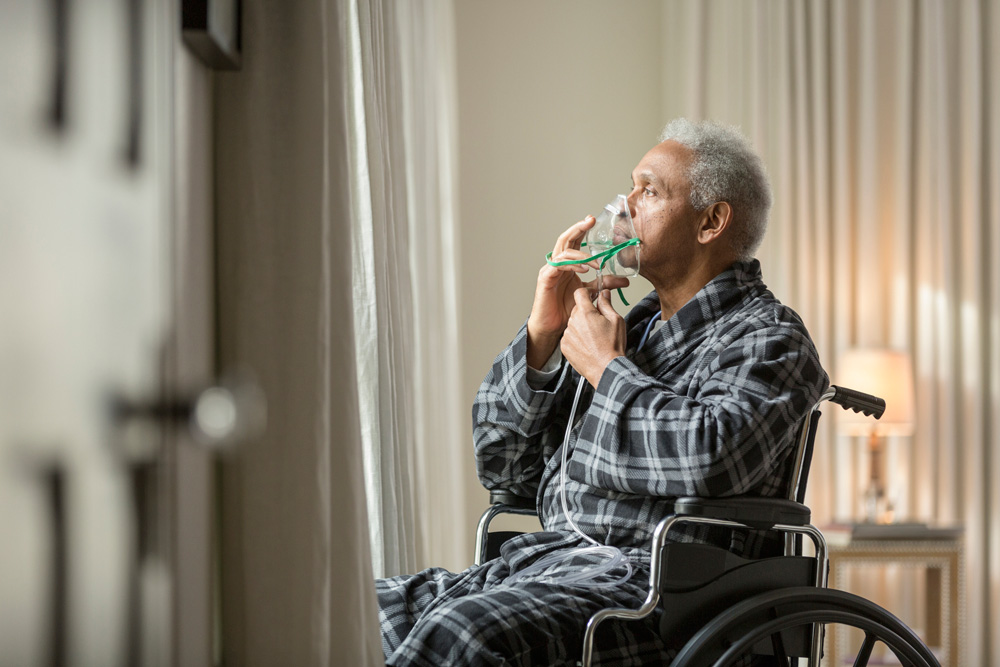
Be Aware of Your Needs and How They Will Change With Age
You need to know why people end up in residential care homes if you want to avoid this fate for as long as possible. So, take a critical look at what you need from your home and how these needs may change as you get older. What are your health issues likely to be one day? If you know that you have a higher risk of having severe arthritis in old age, for instance, you may want to take future mobility difficulties into account when planning your renovations.
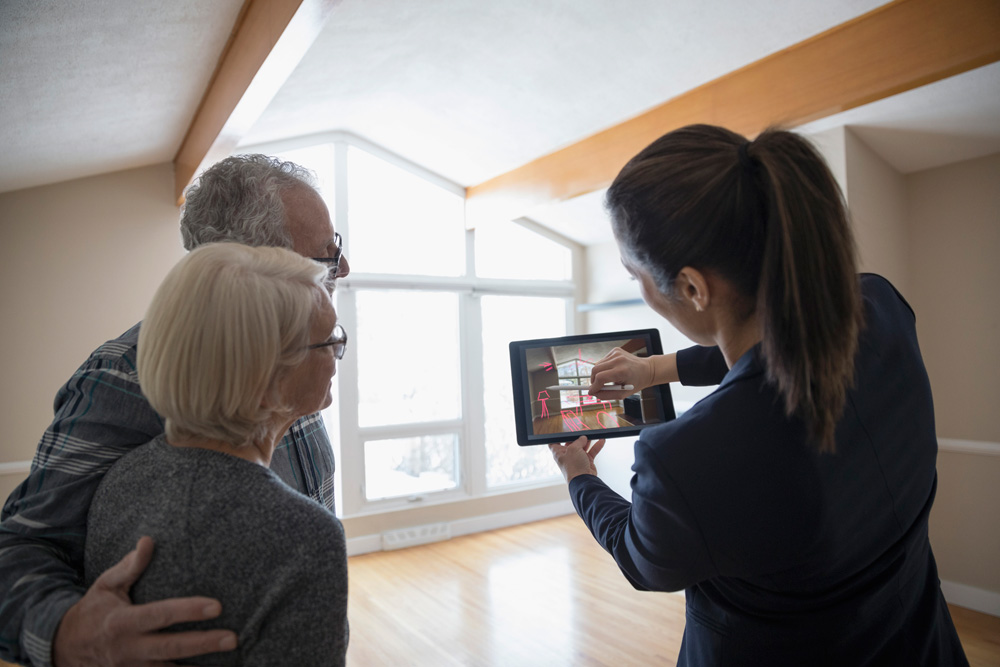
Get an Assessment Done
Once you know what you’ll need from your home to make it more senior friendly, you need to take a look at what you already have and what you’ll need to change. Pay special attention to potential hazards and areas that are difficult to get to or to maintain. It’s well worth getting a professional assessment done to ensure that you’ve covered all possibilities.
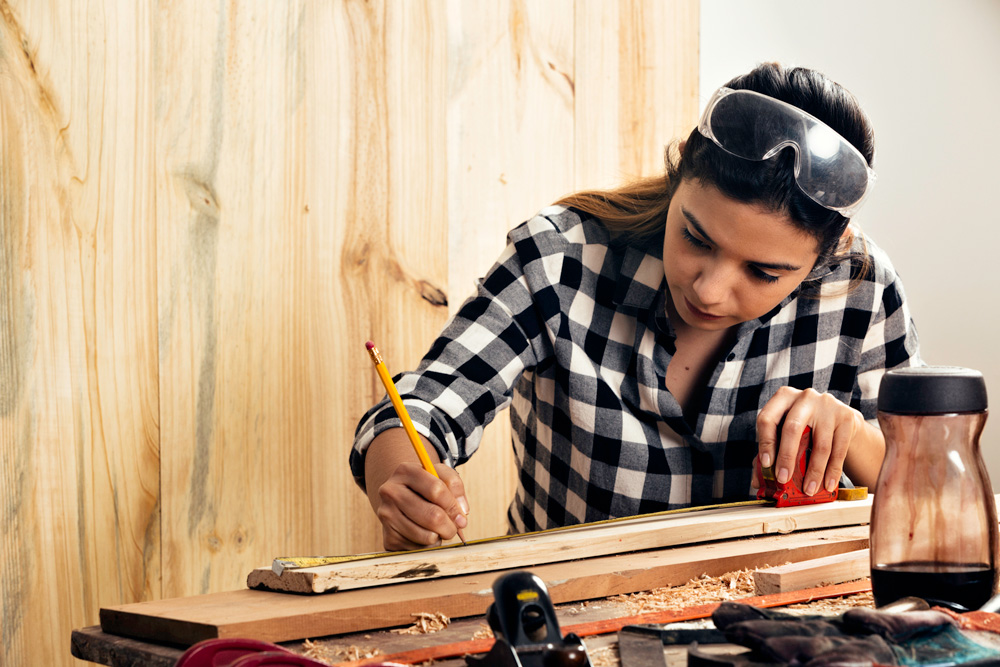
Get a Professional to Help
Some changes that will make your home more accessible for seniors are small and easy enough to do yourself. However, it’s always a good idea to pay more and get things done professionally. After all, a botched job will eventually end up costing you more to fix.

Eliminate the Need for Stairs
Stairs are not only a problem for seniors with mobility issues specifically. Even for healthy, sprightly seniors, stairs increase the risk of injuries from falling. Create a step-free entrance to your home and eliminate the need for stairs by moving the senior’s bedroom and bathroom to the ground floor.
Related: 10 Genius Ways to Renovate the Space Under Your Stairs
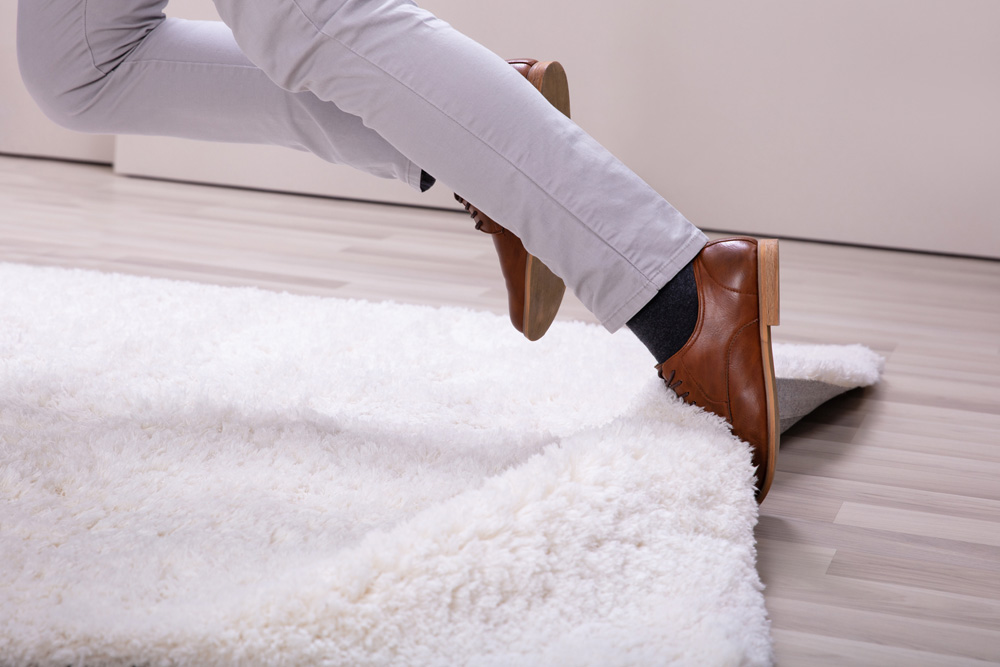
Remove Tripping Hazards
Anything loose on the floor, such as an area rug is a tripping hazard, as is anything that makes the floor surface uneven: cords, single steps and the like. Remove loose rugs or secure them. Run cords along the wall or even along the ceiling where they won’t be in the way. Replace small steps with mini ramps to even out the floor surface.
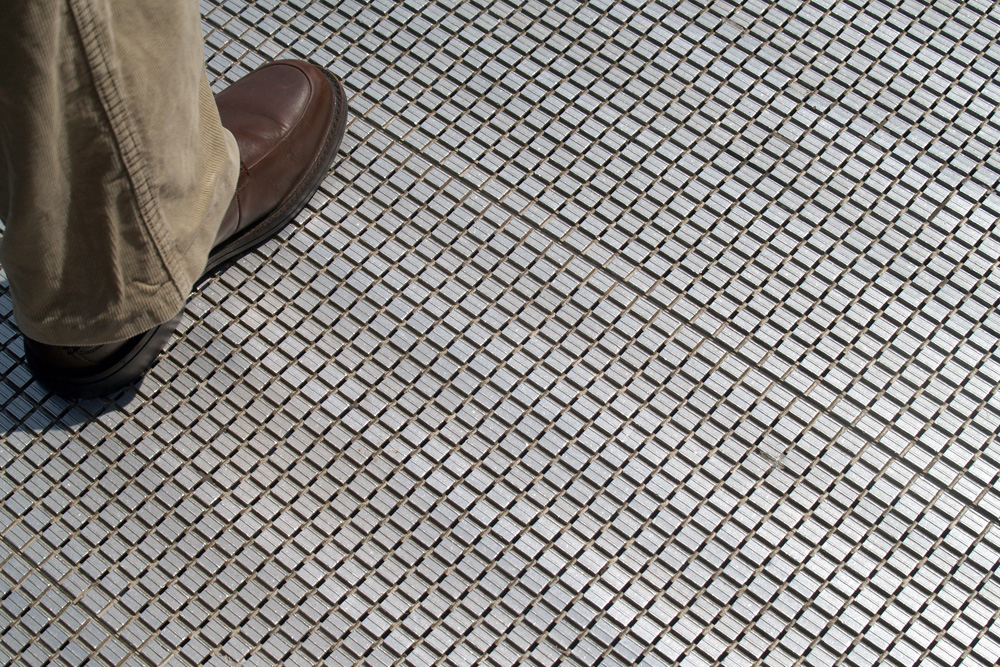
Get Non-Slip Flooring
To a senior, slipping and falling can mean serious injuries that they’ll never really recover from. So, replace all the flooring in your home with textured, non-slip flooring. Be sure you know which common rookie flooring mistakes to avoid and do it right from the start.
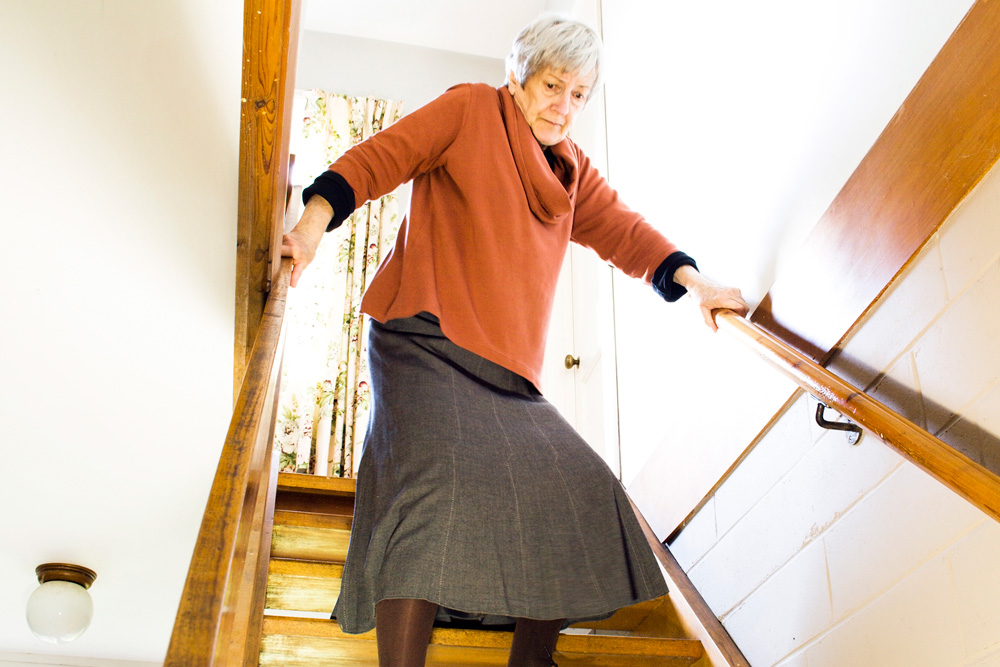
Install Handrails
Handrails are invaluable in helping seniors move more steadily. Install sturdy ones along both sides of stairways, along decks and anywhere else a person might lose their footing or might need a little help retaining their balance.

Widen Doors and Hallways
Narrow doors and hallways can make it nearly impossible to access rooms if you’re using a wheelchair, walker or other walking aids. Widen as many doors and hallways in the home as possible, so that the senior won’t have to be confined to one area only.
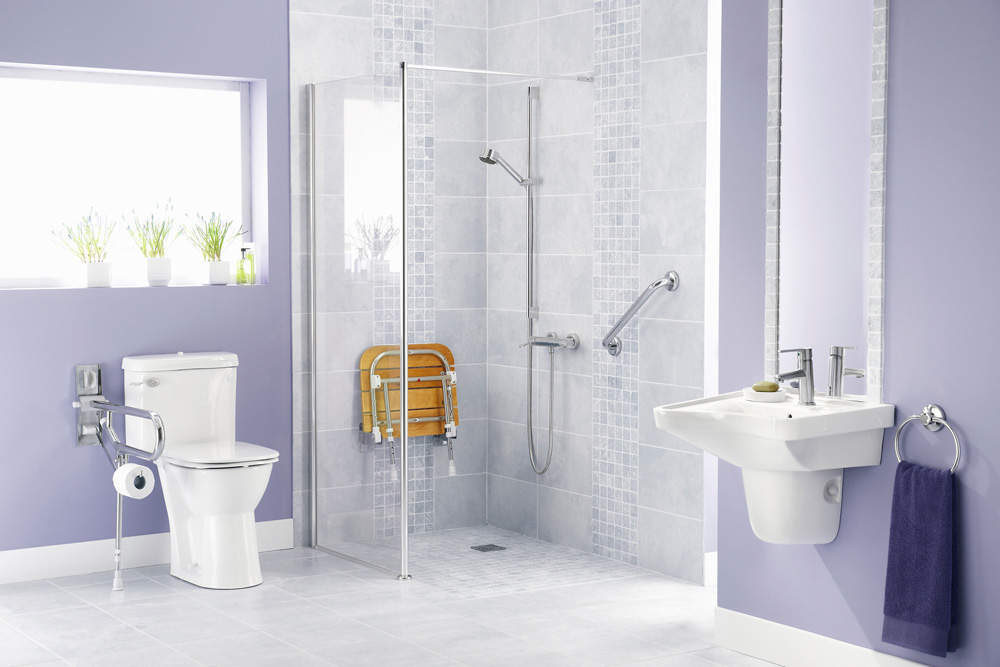
Install Safety Grab Bars in the Bathroom
may be a new home trend, but they shouldn’t be the only thing a senior has to grab onto in the bathroom. Grab bars are a must when upgrading bathrooms for seniors. They make it easier to get up or lower oneself, so they’re especially useful within easy reach of the toilet, bathtub and shower.
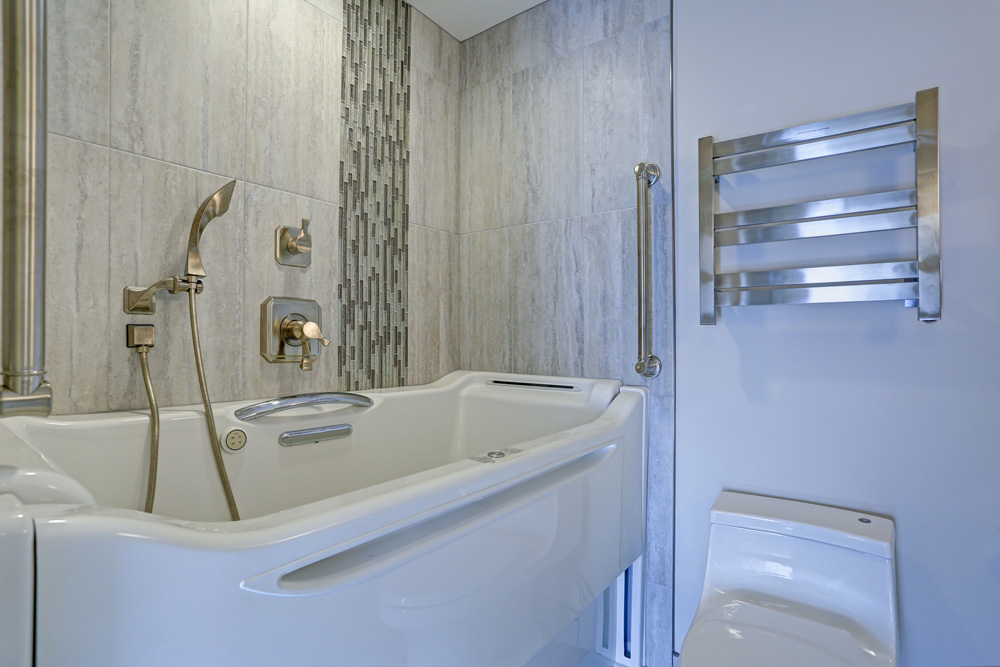
Consider Walk-in Showers and Tubs
Walk-in showers and tubs are especially handy for people who use wheelchairs, walkers or other walking aids. Modifying the shower doesn’t have to be a huge job either. Simply make the shower area bigger, install a hand-held shower head and add a seat where one can sit while taking a shower.
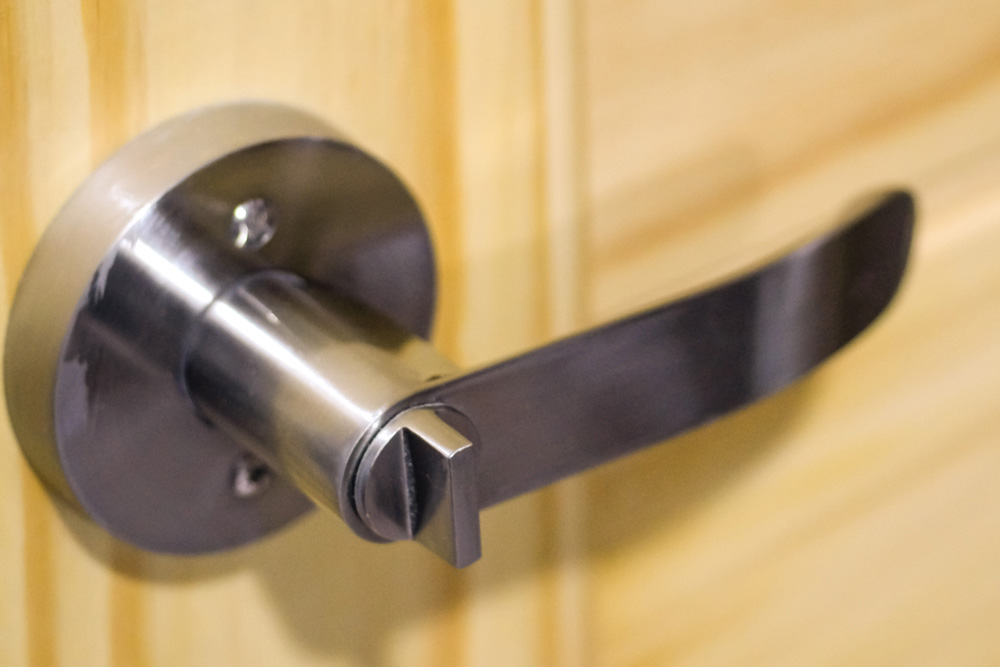
Replace Knobs With Levers
Whether they’re on drawers, doors or taps, knobs that require a grip-and-twist motion can be a nightmare for anyone with arthritis or a condition like Parkinson’s disease that limits the use of one’s hands. Replace them with levers. This isn’t a costly project and you can do it yourself.
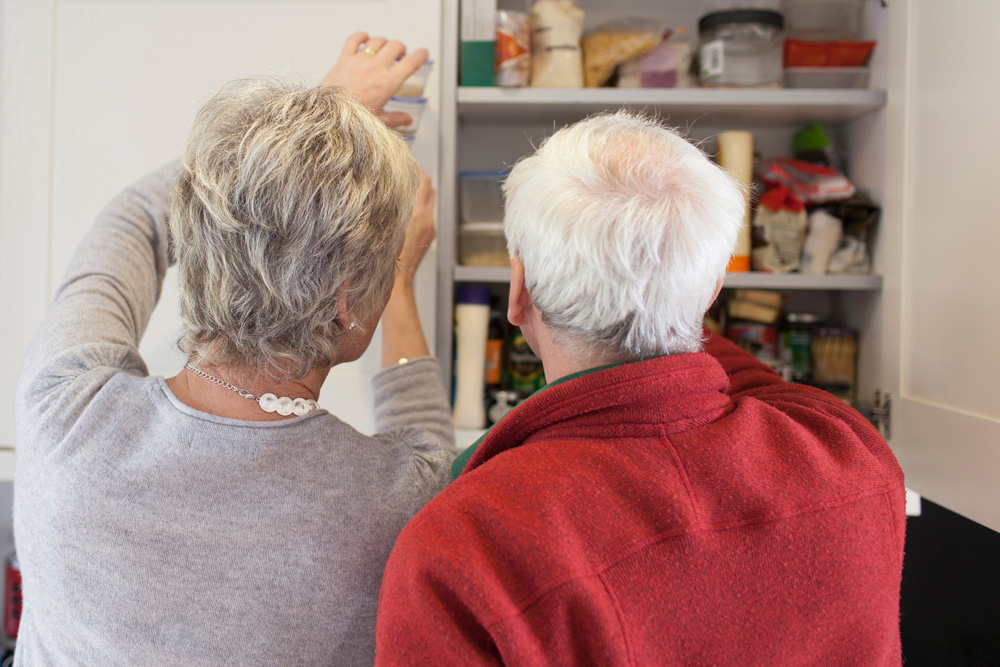
Install Lower Shelves
Whether they’re in the kitchen, pantry, bathroom or bedroom, shelves that require getting onto a stepladder are a very bad idea for seniors. Reorganize things so that whatever the senior might need is within easy reach. You may also want to install lower shelves, especially if the senior is in a wheelchair.
Related: These Living Room Shelving Ideas Will Make Your Organizing Dreams Come True
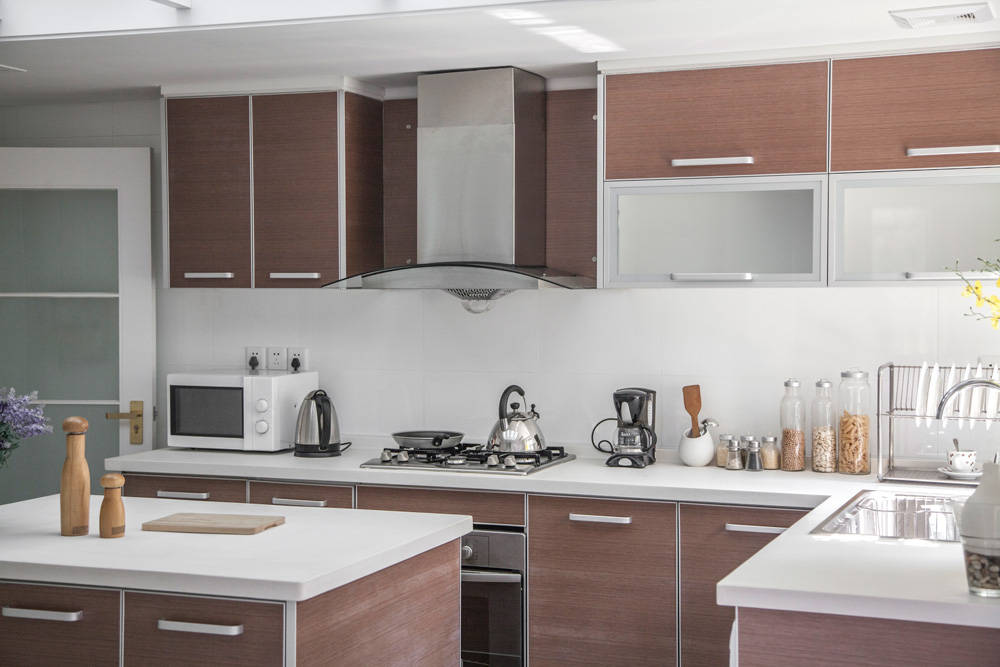
Make Appliances Easier to Reach and Use
When appliances like microwaves and kettles are easier to reach, seniors can use them more safely. Place small appliances on countertops, taking into account the most comfortable height for the senior. Consider a dishwasher with drawers and a front-loading washing machine that will be easy to use even for people who are in a wheelchair.
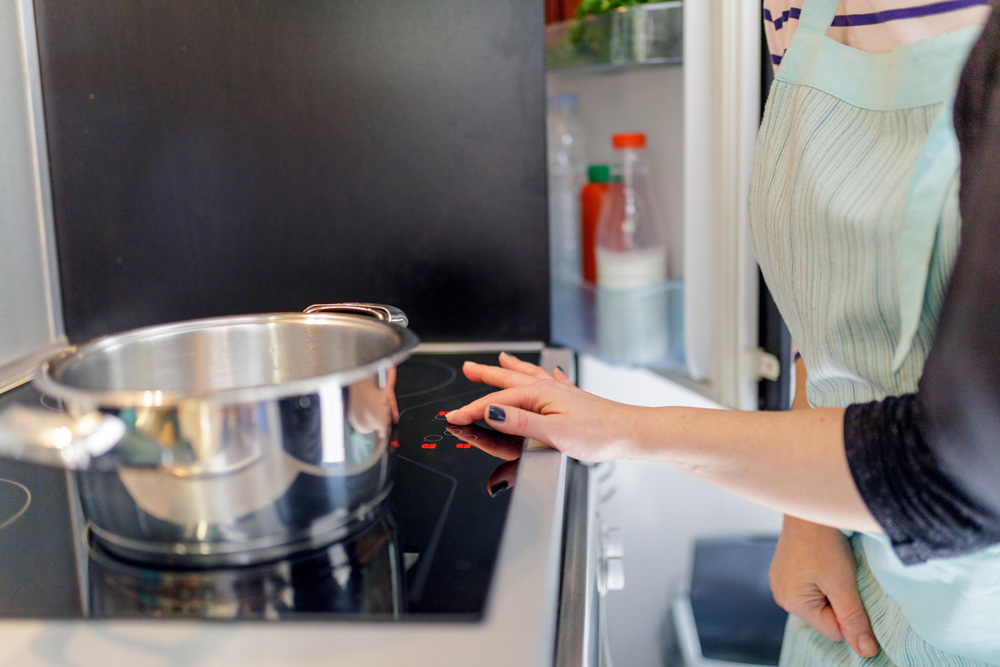
Get an Induction Range
When it comes to where to splurge with kitchen appliances, an induction range is well worth the investment for the energy it will save in the long run. For seniors, it has an added bonus: it reduces the risk of burns.

Get Rid of Clutter
Getting rid of clutter is a good idea in any home, since it makes cleaning easier. For seniors, a clutter-free home has the added advantage that it’s easier to move around safely when you don’t have to navigate your way around bric-a-brac, especially if you’re using some kind of walking aid.
Related: 11 Habits of Extremely Organized People That You Can Do Too

Have a Phone or Call Button in Every Room
When a senior lives alone and has an accident, they need to be able to call for help. Consider having a phone or call button in every room in the home or let the senior wear a call button around their wrist for easy access. Another option is to install smart tech that uses motion sensors and can send an alert to a remote smartphone.
Related: Cutting-Edge Technology That’ll Set Your Home Apart
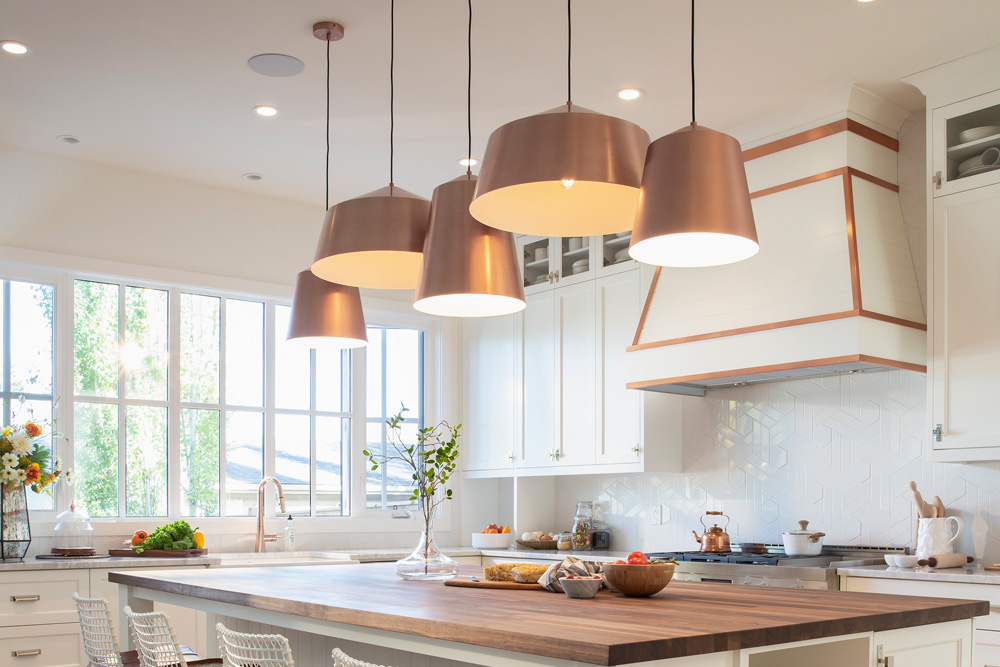
Install Brighter Lighting
Lighting can transform a room. For seniors, good lighting can also help prevent accidents and make it easier to read or engage in their favourite activities and hobbies. There are many ways to transform a room with creative lighting. Whichever way you choose, be sure that the light switches are easily accessible and that the lights themselves don’t present a hazard.

Don’t Forget Entertainment Areas
One advantage of assisted living facilities is that they provide seniors with more opportunities to socialize. For a quality aging-in-place arrangement, you’ll need to make it easier to entertain. Instead of just making the senior’s bedroom, bathroom and kitchen more accessible, pay attention to an entertainment area too. Allow enough space for multiple walking aids, for instance.
Related: Considering Helping Your Kids Buy Property? Here’s What You Need to Know
HGTV your inbox.
By clicking "SIGN UP” you agree to receive emails from HGTV and accept Corus' Terms of Use and Corus' Privacy Policy.





